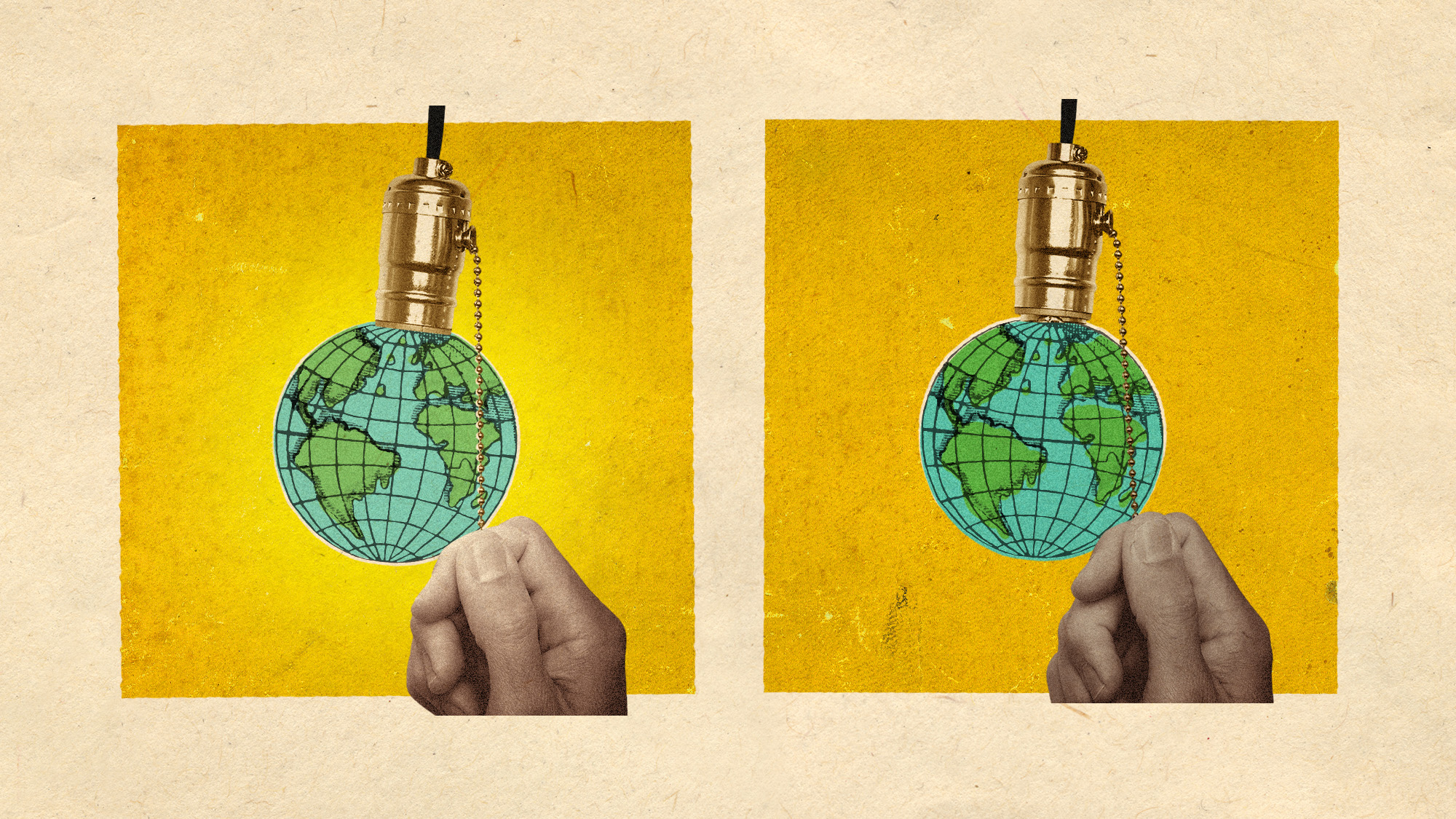The US's controversial owl-killing plan
The proposal has raised a hoot


The spotted owl has been categorized as threatened under the Endangered Species Act since the 1990s, due in large part to the encroachment of barred owls on their habitat. Now, ecologists are proposing a rather deadly solution: hunting close to 500,000 barred owls in order to restore the population of spotted owls. Proponents claim the action is necessary and will be beneficial to both species, while those in opposition consider the solution unethical and unsustainable.
More owls, more problems
The U.S. Fish and Wildlife Service (USFWS) proposed a plan to kill approximately half a million barred owls in West Coast forests over the next 30 years in order to protect the spotted owl. "It's not the barred owls' fault. It's our fault for bringing them out here. It's not the spotted owls' fault either," Robin Brown, a biologist for the Fish and Wildlife Service, said to NBC News. "The species' future is extinction if we don't manage barred owls. The writing is on the wall."
Barred owls are not native to the U.S. west coast and are "crowding out its less aggressive relative, the northern spotted owl, in the Northwestern states," said NPR. Spotted owl populations have steadily declined by "about 75% in the past two decades and continue to decline about 5% each year, largely because of barred owls," NBC News said. This is also a largely human-made problem: "Human-driven habitat destruction spurred the barred owls to expand across the country" from the eastern U.S. where they are a native species, NPR said.
The Week
Escape your echo chamber. Get the facts behind the news, plus analysis from multiple perspectives.

Sign up for The Week's Free Newsletters
From our morning news briefing to a weekly Good News Newsletter, get the best of The Week delivered directly to your inbox.
From our morning news briefing to a weekly Good News Newsletter, get the best of The Week delivered directly to your inbox.
The USFWS's proposal would allow for the hunting of barred owls in the western U.S. The agency conducted a similar experiment in 2013, where removing barred owls proved to be a successful method of sustaining the spotted owl population. "Rather than choosing to conserve one bird over the other, this is about conserving two species," Kessina Lee, a supervisor of the USFWS office in Oregon, said to Oregon Public Broadcasting. "Spotted owls are fighting for their existence right now."
A shot in the dark
Animal activists are not convinced that killing barred owls is the best way to go. "We don't think it's ethical to be going out and calling for barred owls and shooting them with a shotgun because they are currently doing better in the existing environment and outcompeting other species," Jennifer Best, the director of the wildlife law program at the nonprofit Friends of Animals, said to NBC News. "Killing the species that are thriving is not a good solution."
Ethics aside, the proposed solution may not even be sustainable long-term. The plan is likely to be "unworkable" because of its large timeframe and geographic region, Wayne Pacelle, the president of the Center for a Humane Economy and founder of Animal Wellness Action, said to NPR. "If you don't do it dutifully and religiously every single year for 30 years, it has no chance of succeeding." In a joint letter to U.S. Secretary of the Interior Deb Haaland, activists said that the USFWS proposal was a "colossally reckless action, almost unprecedented in the history of American wildlife management," and that it "should be sidelined with all deliberate speed, and non-lethal management actions to protect spotted owls and their habitats should be made the priority actions."
Reversing habitat damage and deforestation could also help to restore the spotted owl species. "Protecting old-growth forests in areas where spotted owls do live and can live is the most important thing — and working to restore habitat that has been destroyed," Best said. "It's not an easy or quick fix, but that's the potential long-term solution."
A free daily email with the biggest news stories of the day – and the best features from TheWeek.com
Devika Rao has worked as a staff writer at The Week since 2022, covering science, the environment, climate and business. She previously worked as a policy associate for a nonprofit organization advocating for environmental action from a business perspective.
-
 5 sleeper hit cartoons about Sleepy Don
5 sleeper hit cartoons about Sleepy DonCartoon Artists take on cabinet meetings, a sleepy agenda, and more
-
 Political cartoons for December 6
Political cartoons for December 6Cartoons Saturday’s political cartoons include a pardon for Hernandez, word of the year, and more
-
 Pakistan: Trump’s ‘favourite field marshal’ takes charge
Pakistan: Trump’s ‘favourite field marshal’ takes chargeIn the Spotlight Asim Munir’s control over all three branches of Pakistan’s military gives him ‘sweeping powers’ – and almost unlimited freedom to use them
-
 How will climate change affect the UK?
How will climate change affect the UK?The Explainer Met Office projections show the UK getting substantially warmer and wetter – with more extreme weather events
-
 The UK’s surprising ‘wallaby boom’
The UK’s surprising ‘wallaby boom’Under the Radar The Australian marsupial has ‘colonised’ the Isle of Man and is now making regular appearances on the UK mainland
-
 The Southern Ocean is holding in a ‘burp’
The Southern Ocean is holding in a ‘burp’Under the radar The heat from the past can affect the future
-
 Builders return to the stone age
Builders return to the stone ageUnder the Radar With brick building becoming ‘increasingly unsustainable’, could a reversion to stone be the future?
-
 Eel-egal trade: the world’s most lucrative wildlife crime?
Eel-egal trade: the world’s most lucrative wildlife crime?Under the Radar Trafficking of juvenile ‘glass’ eels from Europe to Asia generates up to €3bn a year but the species is on the brink of extinction
-
 Megabatteries are powering up clean energy
Megabatteries are powering up clean energyUnder the radar They can store and release excess energy
-
 The Earth is getting darker
The Earth is getting darkerUnder the radar The planet’s reflectivity is out of whack
-
 Scientists want to use enhanced rock weathering to cool the Earth
Scientists want to use enhanced rock weathering to cool the EarthUnder the radar Rock dust could trap atmospheric carbon
